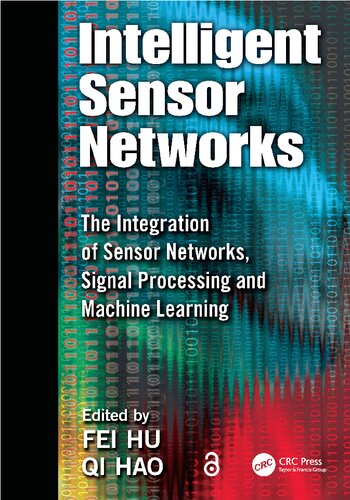

Most ebook files are in PDF format, so you can easily read them using various software such as Foxit Reader or directly on the Google Chrome browser.
Some ebook files are released by publishers in other formats such as .awz, .mobi, .epub, .fb2, etc. You may need to install specific software to read these formats on mobile/PC, such as Calibre.
Please read the tutorial at this link: https://ebookbell.com/faq
We offer FREE conversion to the popular formats you request; however, this may take some time. Therefore, right after payment, please email us, and we will try to provide the service as quickly as possible.
For some exceptional file formats or broken links (if any), please refrain from opening any disputes. Instead, email us first, and we will try to assist within a maximum of 6 hours.
EbookBell Team

4.3
18 reviewsAlthough governments worldwide have invested significantly in intelligent sensor network research and applications, few books cover intelligent sensor networks from a machine learning and signal processing perspective. Filling this void, Intelligent Sensor Networks: The Integration of Sensor Networks, Signal Processing and Machine Learning focuses on the close integration of sensing, networking, and smart signal processing via machine learning.
Based on the world-class research of award-winning authors, the book provides a firm grounding in the fundamentals of intelligent sensor networks, including compressive sensing and sampling, distributed signal processing, and intelligent signal learning. Presenting recent research results of world-renowned sensing experts, the book is organized into three parts:
Maintaining a focus on "intelligent" designs, the book details signal processing principles in sensor networks. It elaborates on critical platforms for intelligent sensor networks and illustrates key applications―including target tracking, object identification, and structural health monitoring. It also includes a paradigm for validating the extent of spatiotemporal associations among data sources to enhance data cleaning in sensor networks, a sensor stream reduction application, and also considers the use of Kalman filters for attack detection in a water system sensor network that consists of water level sensors and velocity sensors.